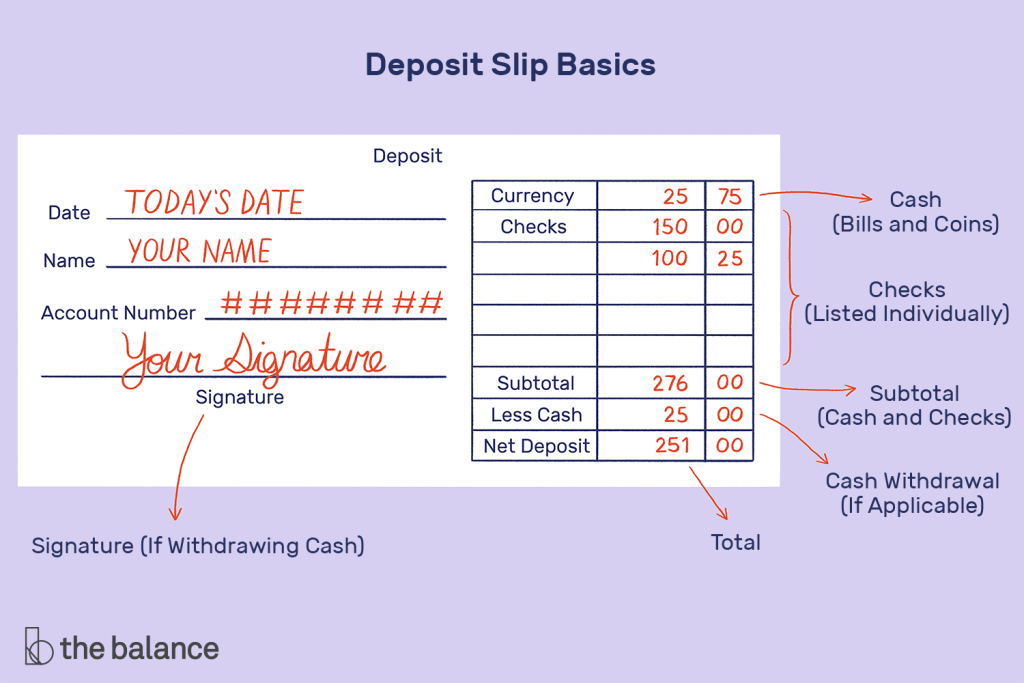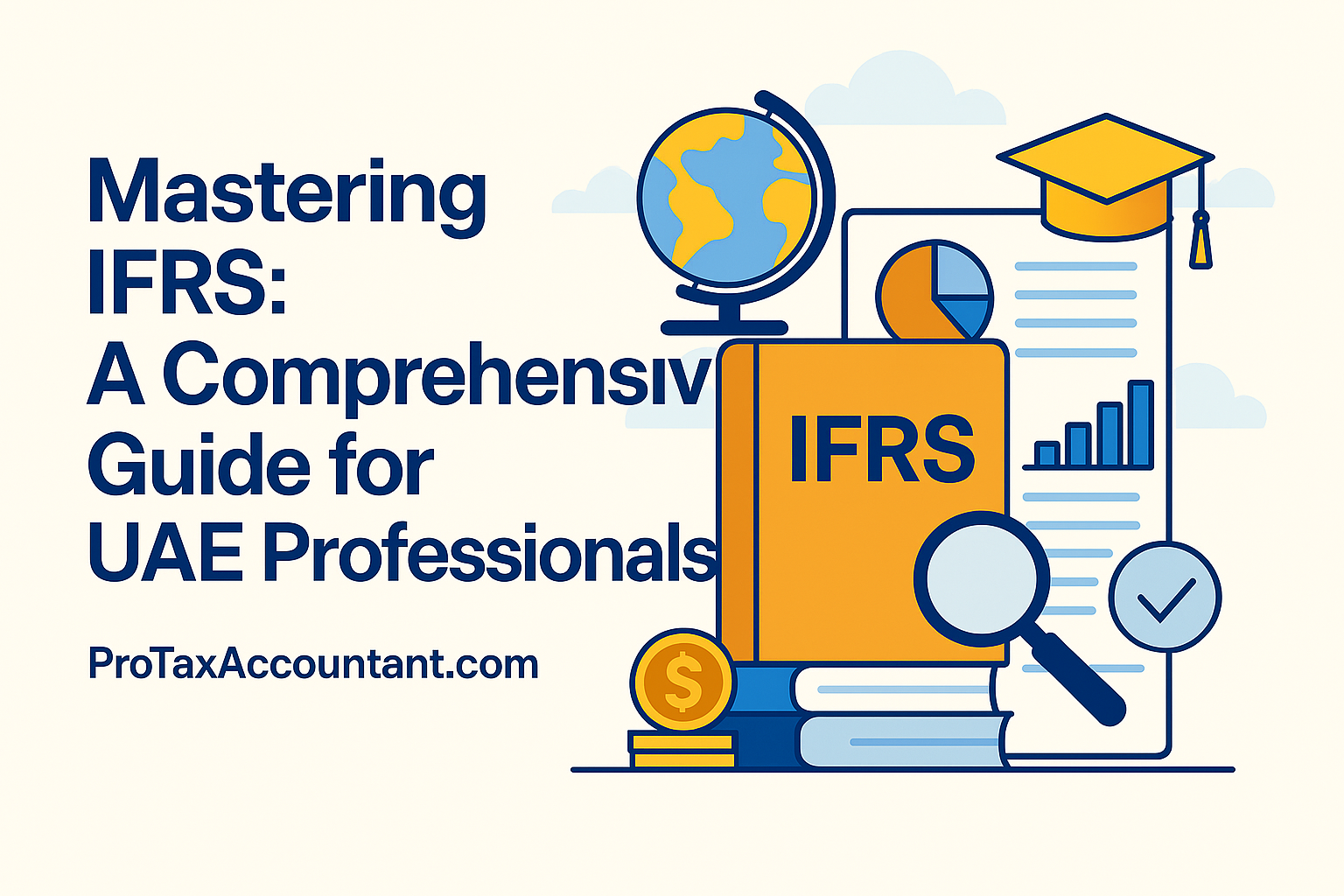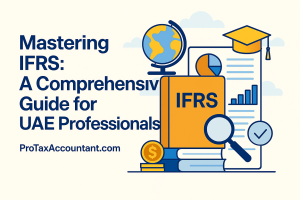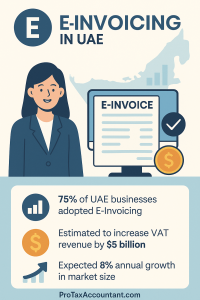Navigating the Complex World of Banking Documents
In personal and business finance, two often misunderstood documents that stand out are receipt and slip, but Is check receipt same as a deposit slip.
These seemingly simple pieces of paper hold significant importance in managing financial transactions, yet many people struggle to distinguish between them.
This comprehensive guide will unravel the mysteries surrounding these documents, providing you with an in-depth understanding that goes far beyond surface-level knowledge.
The Financial Literacy Crisis
Did you know that approximately 66% of Americans struggle with basic financial document comprehension?
This staggering statistic highlights the critical need for clear, accessible information about banking documents.
By the end of this article, you’ll be equipped with the knowledge to confidently navigate check receipts and deposit slips like a financial expert.
Check Receipts Explained
What Exactly Are Check Receipts?
A check receipt is much more than a simple piece of paper. It’s a crucial document that serves as an official record of a financial transaction.
Let’s break down its comprehensive components:
Detailed Components of a Check Receipt:
- Transaction Metadata
- Precise date and time of transaction
- Exact location or branch of the transaction
- Transaction identification number
- Financial Details
- Complete check amount
- Specific check number
- Routing and account numbers (partially masked for security)
- Type of transaction (deposit, cash, transfer)
- Verification Elements
- Bank logo and official stamp
- Unique transaction code
- Authorized signature or digital verification
The Legal and Financial Significance of Check Receipts
Check receipts are not just casual documentation. They serve critical purposes:
- Legal Proof: Admissible evidence in financial disputes
- Tax Documentation: Essential for accurate income and expense tracking
- Financial Audit Trail: Provides a chronological record of transactions
- Fraud Protection: Helps identify and resolve unauthorized transactions
Comprehensive Understanding of Deposit Slips
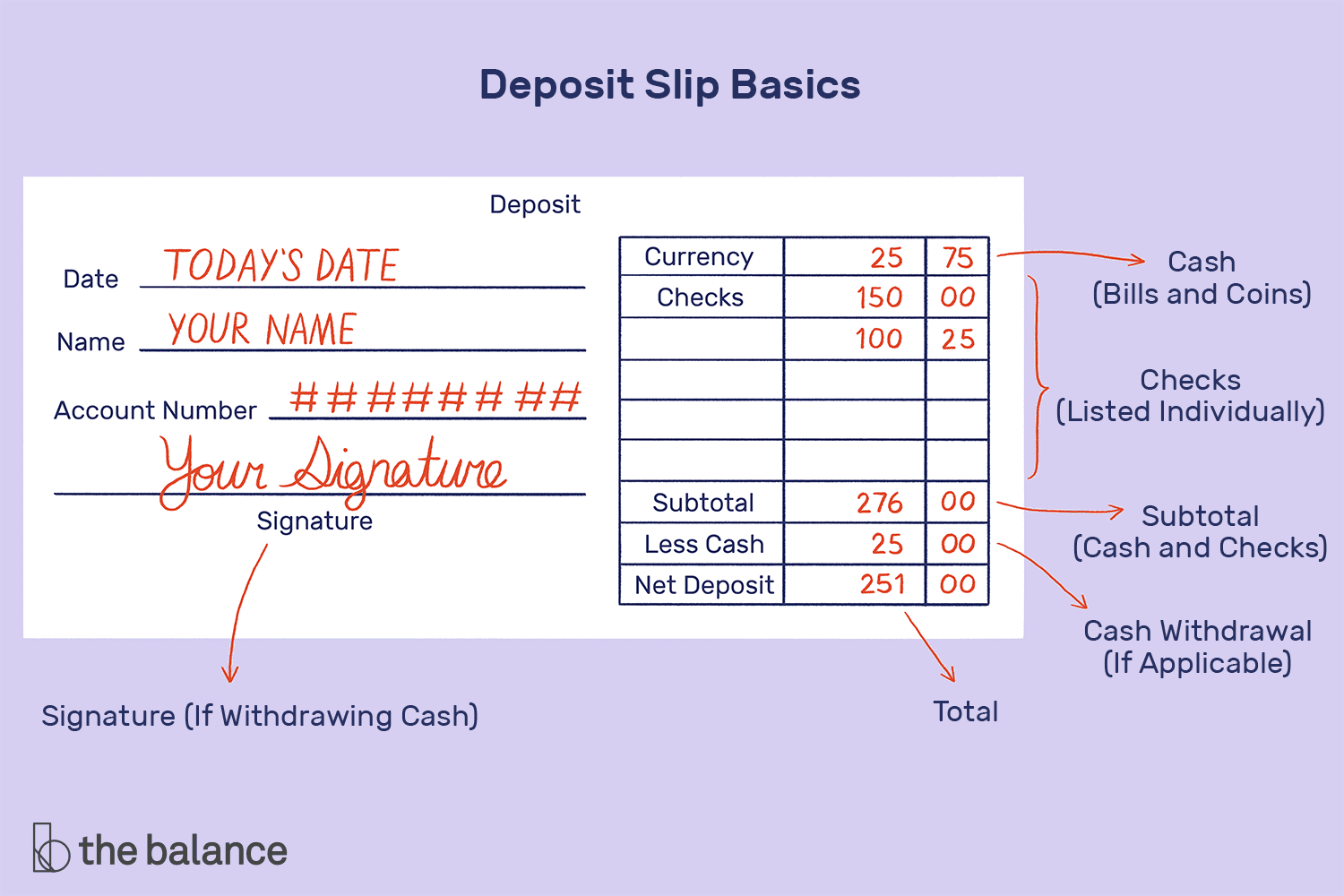
What Are Deposit Slips and Why Do They Matter?
A deposit slip is a strategic financial instrument that communicates explicit instructions to your bank about how to process your deposit. It’s far more than a simple form – it’s a critical communication tool in your banking ecosystem.
Anatomy of a Comprehensive Deposit Slip:
- Personal Information Section
- Full name
- Account number
- Contact information
- Date of deposit
- Detailed Deposit Breakdown
- Cash amount
- Individual check amounts
- Check numbers
- Total deposit amount
- Banking Infrastructure Details
- Bank routing number
- Branch identification
- Deposit type (checking, savings, money market)
The Strategic Importance of Accurate Deposit Slips
Precision is paramount when completing a deposit slip. Even minor errors can lead to:
- Delayed fund processing
- Incorrect account crediting
- Potential banking fees
- Unnecessary administrative complications
Definitive Comparison: Check Receipts vs. Deposit Slips
Forensic Breakdown of Key Differences
| Characteristic | Check Receipt | Deposit Slip |
|---|
| Primary Purpose | Transaction proof | Deposit instructions |
| Timing of Issuance | After transaction | Before/during deposit |
| Legal Standing | Verification document | Transactional directive |
| Information Focus | Transaction details | Deposit specifics |
Advanced Misconceptions and Myth-Busting
Top 5 Dangerous Myths Debunked
Myth: Check receipts and deposit slips are the same thing
Reality: They serve entirely different, complementary functions
Myth: Digital banking eliminates the need for these documents
Reality: Physical and digital records remain crucial for comprehensive financial management
Myth: Anyone can fill out these documents without careful consideration
Reality: Precision is critical to prevent financial errors
Myth: Only banks care about these documents
Reality: Businesses, tax authorities, and legal entities rely on them
Myth: These documents are becoming obsolete
Reality: They remain fundamental to financial record-keeping
Expert-Level Strategies
7 Professional Tips for Document Management
- Digitization
- Scan and backup all important financial documents
- Use secure, encrypted cloud storage
- Maintain both digital and physical copies
- Organizational System
- Create a dedicated filing system
- Use chronological and categorical sorting
- Implement a consistent labeling method
- Security Protocols
- Redact sensitive information before disposal
- Use cross-cut shredders for physical documents
- Enable two-factor authentication for digital financial platforms
- Regular Reconciliation
- Monthly review of all financial documents
- Cross-reference bank statements with personal records
- Identify and resolve discrepancies immediately
- Technology Integration
- Leverage banking apps with document scanning features
- Use financial management software
- Set up automatic transaction tracking
- Continuous Learning
- Stay updated on banking regulations
- Attend financial literacy workshops
- Follow reputable financial education resources
- Proactive Communication
- Maintain open dialogue with banking representatives
- Ask questions about document processes
- Seek clarification on complex financial matters
Real-World Application:
Sarah’s Financial Journey: From Confusion to Mastery
Sarah, a freelance graphic designer, transformed her financial management by understanding these documents:
Before Understanding
- Missed deposit confirmations
- Inconsistent record-keeping
- Frequent banking errors
After Implementing Strategies
- Systematic document management
- Reduced banking mistakes
- Improved financial confidence
- Streamlined tax preparation
Technological Evolution and Future Outlook
The Digital Transformation of Financial
Documentation
As financial technology advances, we’re witnessing a fascinating evolution:
- AI-powered document verification
- Blockchain-based transaction records
- Enhanced security protocols
- Seamless multi-platform integration
Conclusion:
Empowerment Through Knowledge
Understanding check receipts and deposit slips is more than a technical skill—it’s a gateway to financial empowerment.
By mastering these documents, you’re not just managing papers; you’re taking control of your financial narrative.
You can also read my article on how to understand the most confused financial topics.

